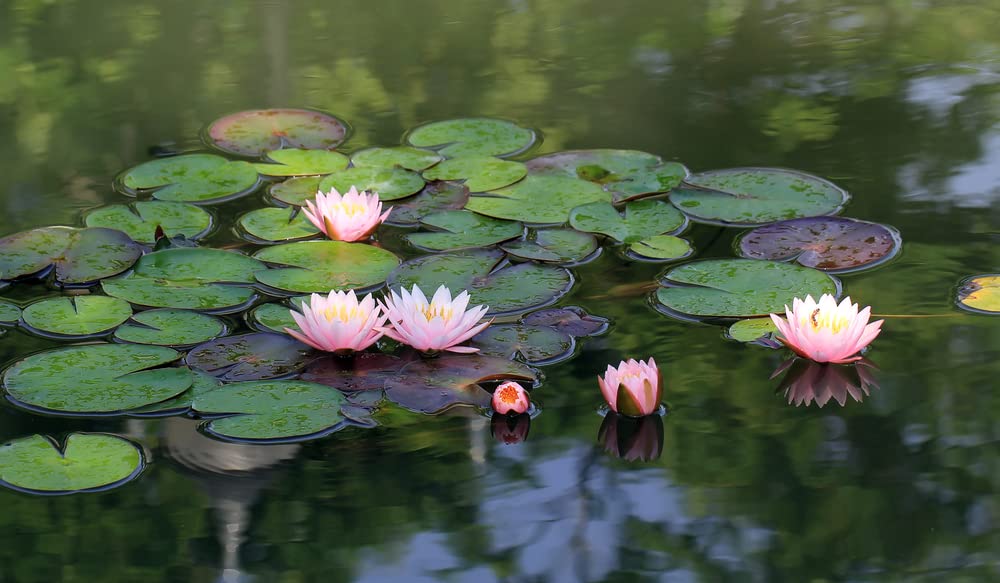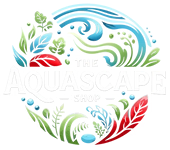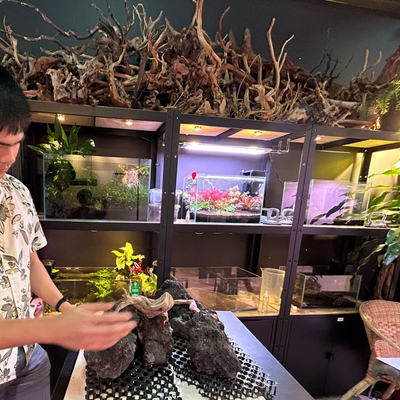Bulb aquarium plants offer stunning visual appeal, vibrant colours, and unique textures to aquascapes. Known for their resilience and adaptability, these plants store nutrients and energy within their bulbs or tubers, making them excellent choices for beginners and experts alike. Learn essential care tips to ensure your bulb plants flourish in your aquarium.
Popular Bulb Aquarium Plants in New Zealand
Due to import restrictions, the planted tank hobby in New Zealand limits, aquarists to the following, easy-to-grow bulb plants:
-
Nymphaea Indica (Water Snowflake)
-
Crinum Calamistratum (recently reintroduced via tissue culture)
We proudly reintroduce the once-lost Crinum Calamistratum species to New Zealand via tissue culture. This visually stunning plant features distinctive wavy leaves, offering exceptional ornamental value despite its slower growth rate. With patience and care, it can become the highlight of your aquarium.
Selecting the Best Aquarium Bulb Plants
These bulb plants are excellent options for various experience levels:
-
Tiger Lotus (Green and Red): Beginner-friendly, vivid colours, and rapid growth.
-
Nymphaea Stellata and Indica: Manageable with minor attention and ideal for colourful blooms.
-
Green Barclaya: Simple care and thrives in most aquariums.
-
Red Barclaya: Requires slightly more targeted care to ensure vibrant colouration and optimal propagation.
-
Crinum Calamistratum: Slow-growing and patience-demanding, but uniquely rewarding.

Best Lighting for Bulb Aquarium Plants
Bulb plants thrive under moderate to high lighting. Investing in specialized planted tank LED lights will significantly boost plant growth and intensify colours, particularly for species like Red Barclaya and Red Tiger Lotus. Quality aquarium lighting also promotes flowering, enhancing your tank’s visual appeal.
Ideal Temperature Range for Bulb Plants
Maintain your aquarium’s temperature between 22°C to 28°C for consistent, healthy plant growth, reducing potential stress and disease.
Water Chemistry for Thriving Bulb Plants
Stable water chemistry is crucial for healthy bulb plant growth:
-
pH Level: Optimal pH is slightly acidic to neutral (6.0–7.5).
-
Water Hardness: General hardness (GH) should be maintained between 5–15 dGH.
Regular weekly water changes (20–30%) help maintain ideal conditions, removing waste and stabilizing nutrient levels.
CO2 Injection: Optional but Beneficial
CO2 injection is not essential for growing these bulb plants—they grow well in low-tech setups. However, supplemental CO2 will notably enhance growth rates, vibrant coloration, and overall plant health, especially in more sophisticated aquariums.
How to Plant Bulb Aquarium Plants
Ensure healthy growth with these planting tips:
-
Use Nutrient-Rich Substrates: Aquasoil substrates offer essential nutrients for robust plant growth.
-
Utilize Root Tabs: Supplement substrates with root tabs for targeted nourishment.
-
Proper Planting Technique: Position bulbs or tubers gently in substrate, tip pointing upwards, lightly covered.
-
Propagation: Be patient—even bulbs without immediate growth can eventually sprout and propagate.
Regular Maintenance and Fertilization
Keep your bulb plants healthy and attractive:
-
Pruning: Regularly remove old or damaged leaves to stimulate new growth.
-
Fertilization: Apply liquid fertilizers and root tabs regularly. Recommended product: 2HR Aquarist Fertilizers.
Pro Tip: Managing Lotus Growth
Tiger Lotus naturally produces floating leaves. To maintain submerged growth, prune leaves before they reach the surface. Allow leaves to reach the water’s surface to promote flowering. Bright lighting conditions enhance flowering potential.
Bulb Plants in Outdoor Ponds
These bulb plants also flourish in outdoor ponds but enter dormancy during colder months. They typically shed leaves in winter and regrow vigorously in spring and summer.

Root System Considerations
As bulb plants mature, their roots expand extensively to absorb nutrients. Carefully uproot or reposition plants to avoid disrupting the aquarium substrate, as mature plants have extensive root networks.
Buy Bulb Aquarium Plants
If you're ready to give bulb type plants a go, check out our list. Please note the demand for these plants are high so please check back often if they are unavailable. Winter periods are the hardest periods to source aquarium plants in New Zealand.


